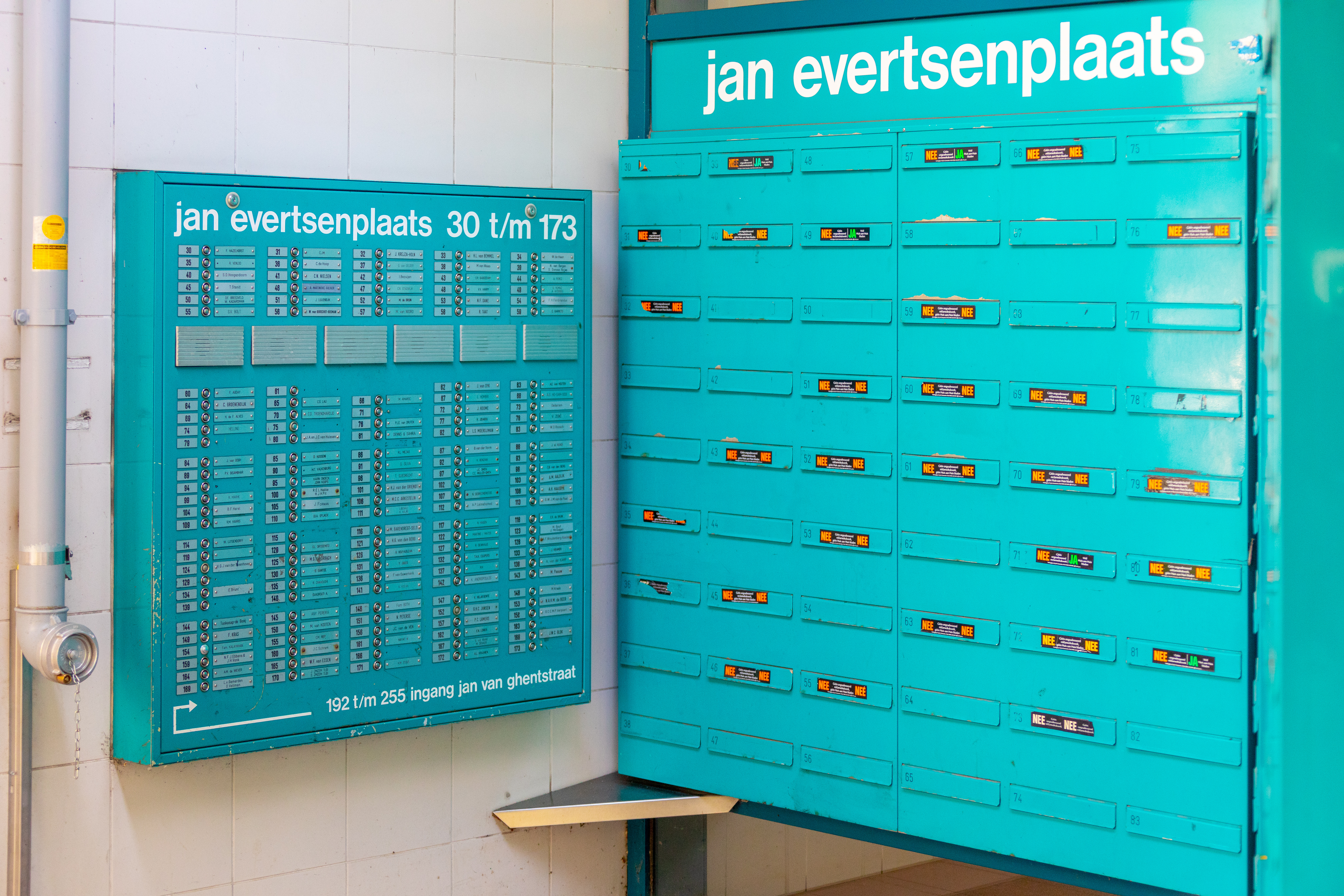Albert Verlinde has some valuable tips. "What Amsterdam can learn from Braband", the theatre director pictured on the cover wants to tell the readers of "CITY". Since mid-2018, Amsterdam residents have been receiving the city magazine with the four large red letters in their letterboxes every week. The magazine combines interviews with local celebrities, event tips and local political stories - not to mention entire pages of leaflets from local businesses.
The introduction of the new city magazine is a reaction to the so-called "opt-in" system for household advertising. This means that instead of explicitly refusing advertising by means of a sticker on the letterbox - as is the case in Germany - citizens in the cities affected by the opt-in regulation (Amsterdam, Haarlem, Utrecht, Tilburg and The Hague) now have to give their explicit consent. "Yes/Yes" is written on the sticker, which allows the deliverer to post advertising leaflets and free adverts. There is also the "No/Yes" variant, where the insertion of advertising leaflets is permitted, but the insertion of leaflets is not.
SOLUTION 1: INCREASING REACH THROUGH EDITORIAL CONTENT
The Dutch distribution company SPOTTA estimates that the new system will reduce the reach of directly distributed leaflets to just under 30 per cent of households by the end of the year. However, "CITY" can also be posted in "unglued" letterboxes due to its large editorial content. This means that the city magazine reaches almost 50 per cent of households. This roughly corresponds to the reach before the introduction of opt-in.
SPOTTA, "CITY" and some retail chains are also trying to increase the number of "Yes/Yes" stickers through targeted sticker distribution campaigns. SPOTTA distributes the stickers to passers-by on the street, retailers display them in their shops and, last but not least, "CITY" includes stickers for readers three times a year. In this way, you can also win over citizens who would actually like to receive advertising, but for whom collecting the sticker from the local town hall is too much of a hassle.
SOLUTION 2: SWITCH TO DIGITAL
Printing the leaflet pages as adverts in "CITY" is only one possible solution for advertisers in the opt-in areas. Other companies, on the other hand, are focussing on expanding their digital offer communication. An international company from the fashion industry, for example, has launched an initial attempt together with MEDIA Central to increasingly play out offers for its almost 100 Dutch shops via various digital channels. "We are using the Dutch leaflet app Folderscheck as well as Facebook and engagement ads on high-reach websites," explains Detlef Mager, Deputy Head of Media & Marketing at MEDIA Central. As part of MEDIA Central's so-called "360-degree" approach, the leaflet is also integrated into the Google "My Business" pages of the individual shops so that the digital leaflets are displayed directly in Google searches and Google Maps.
Little concrete in other countries
The situation in the Netherlands raises the question of what the situation is in other European countries when it comes to household advertising.
In France, President Emmanuel Macron announced in June that he wanted to completely ban all advertising in paper form. However, concrete implementation is still a long way off.
In Denmark, the call for a complete ban on leaflets even came from a retailer. In February of this year, the supermarket chain COOP called on the government in an open letter to ban leaflets completely in order to create a level playing field for all advertisers. However, nothing of the sort has happened there either.
In Germany, the "Letzte Werbung" association caused a stir at the end of 2019, calling for an opt-in system like the one in the Netherlands. However, of the 50,000 signatures required for a petition, only around 18,000 were collected despite great media interest. In addition, most leaflets in Germany are already distributed as supplements to free advertising papers, which enjoy a high level of protection from the government as a contribution to a diverse press landscape. Last autumn, the government decided to provide 220 million euros in funding for media diversity, journalism and the digitalisation of publishing houses.
These three examples show: There is little that is concrete so far, but the discussion is ongoing and will definitely intensify rather than weaken in the coming years. This makes it all the more important to know and test out the alternatives. We will be happy to help you with this.

